Exploring Blue Photochromic Lenses
Photochromic lenses, particularly blue photochromic lenses, represent a significant category in eyewear technology. These lenses adapt to changing light conditions, offering a seamless transition from clear to tinted when exposed to UV light. Ideal for individuals who move frequently between indoors and outdoors, blue photochromic lenses provide both convenience and protection.
Types and Applications
The versatility of photochromic lenses extends to various types, including single vision and multifocal options like bifocals and progressives. Single vision lenses cater to a specific field of vision, while bifocals and progressives support multiple ranges, beneficial for correcting presbyopia. Toric lenses are tailored for astigmatism, and prism lenses assist in correcting binocular vision issues. These adaptive lenses are not just for prescription wearers; they also serve those looking to reduce blue light exposure from digital devices.
Material and Durability
When it comes to material, polycarbonate photochromic lenses stand out for their durability. This material is impact-resistant, making it an excellent choice for children's eyewear or for adults leading an active lifestyle. The inherent flexibility and strength of polycarbonate make these lenses a practical option for safety and sports eyewear as well.
Features and Advantages
The primary feature of blue light photochromic lenses is their ability to filter out blue light, which is beneficial for those spending considerable time in front of screens. This feature helps in reducing eye strain and improving visual comfort. Additionally, the UV protection inherent in photochromic lenses is indispensable for outdoor activities, providing eye health benefits by blocking harmful ultraviolet rays.
Choosing the Right Lens
Selecting the appropriate lens involves understanding the specific needs of the wearer. For instance, progressive photochromic lenses offer a gradient of vision correction suitable for all distances, making them a popular choice for their aesthetic and functional appeal. On the other hand, individuals who require correction for a single vision problem may find single vision photochromic lenses more suitable.
Environmental Considerations
The functionality of transition photochromic lenses is influenced by the environment. These lenses darken in response to UV light, which is more prevalent outdoors. In colder climates, the change from clear to tinted may occur more rapidly. Understanding these environmental factors is crucial for users to have realistic expectations of their photochromic eyewear performance.








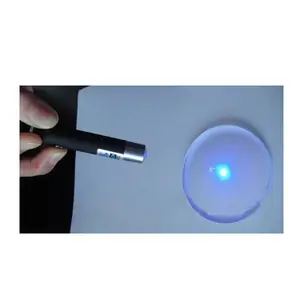


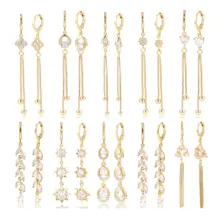

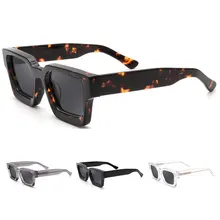


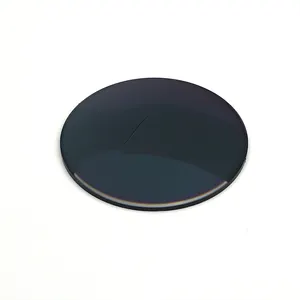
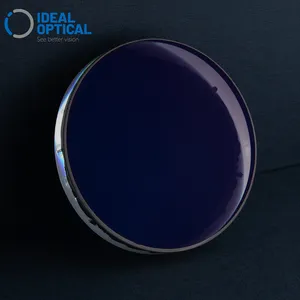


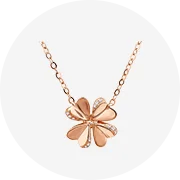
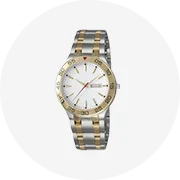
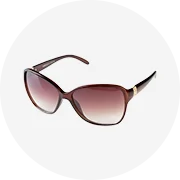
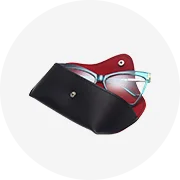
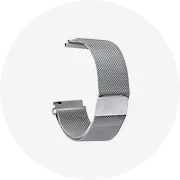









 浙公网安备 33010002000092号
浙公网安备 33010002000092号 浙B2-20120091-4
浙B2-20120091-4